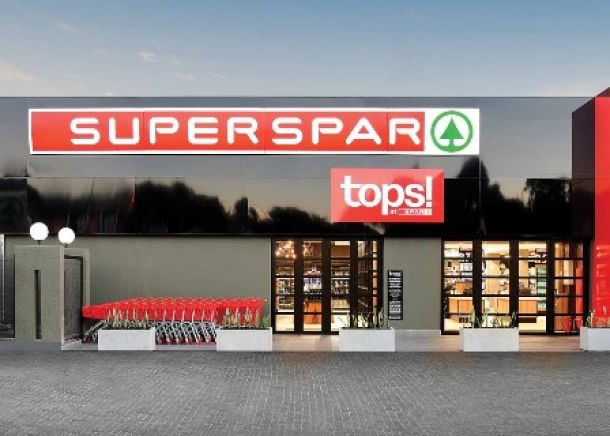Pick n Pay is opening new up-market stores to go after Woolworths
Retailer Pick n Pay has published its financial results for the six months ended 29 August 2021, with the group reporting solid results after a period impacted by the Covid-19 pandemic and social unrest.
Staff Writer | Business Tech
Group comparable earnings per share increased 90.9% year-on-year, while sales growth increased by 4.1% over the same period to R46 billion.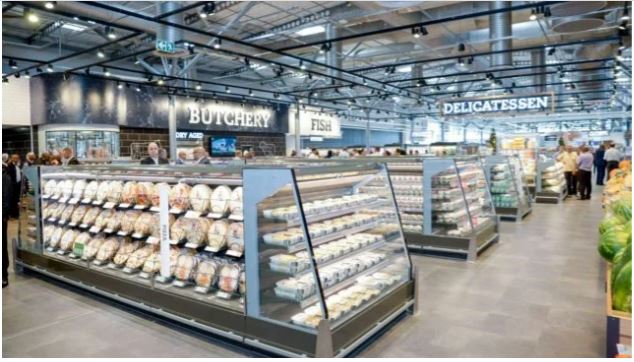
As a result of the trading disruptions over the period, most notably the civil unrest in July, gross profit decreased 3.4% to R8.4 billion, with the gross profit margin lower at 18.2% of turnover.
However, comparable profit before tax rose 86.3% year on year against a highly disrupted base. Comparable headline earnings per share increased by 90.9%, demonstrating that the positive momentum reported in the second half of the FY21 financial year has been maintained, it said.
Pick n Pay said that the civil unrest experienced in July resulted in an estimated R930 million in lost sales, with 212 stores damaged by looting and destruction. The group’s two largest distribution centres in KwaZulu-Natal were looted of all stock and suffered considerable damage to infrastructure.
It said that the government’s liquor restrictions during lockdown also resulted in an estimated R800 million in lost sales and had a significant impact on group earnings over the period.
Other key figures from the results include:
- Profit after tax increased to R296.8 million (+87%);
- Headline earnings per share (HEPS) is up to 61.28 cents (+40%);
- Group turnover is up to R46 billion (+4.1%);
- Interim dividend up 91% year-on-year in line with an increase in comparable headline earnings per share;
- Relaunch of asap! on-demand offer has delivered 200% growth in on-demand online sales since launch;
- Pick n Pay Clothing extended market share gains, showing 26.1% sales growth year-on-year;
- 64 new stores were opened across all formats.
Select stores
As part of Pick n Pay’s ongoing expansion plans, the group is opening new Select stores specifically aimed at a more affluent target market.
This is a space historically dominated by Woolworths, and more recently, has been targeted by Checkers’ FreshX stores.
“I want to see much more from Pick n Pay,” said chief executive Pieter Boone. “Through our Select stores plan, we will be accelerating innovation in healthy, convenient and value-added products at the top of the market.
“We have trialled the plan in a number of stores and are very excited by the growth we have seen. We will also be simplifying decision-making across Pick n Pay so that we can tailor our offer better to the needs of local customers.”
Pick n Pay said that it has already modernised 24 Pick n Pay Select stores in the period, optimising their core food and grocery range and introducing 300 new lines, with a focus on:
- High-quality fresh produce;
- Added-convenience;
- Plant-based meal solutions;
- Unique grocery lines.
“All 24 Select stores have delivered stronger sales and earnings and are performing well ahead of the rest of the Select estate. The Select plan will be rolled out across a further 16 stores in the second half of the year,” the group said.
News Category
- International retailers
- On the move
- Awards and achievements
- Legislation
- Wine and liquor
- Africa
- Going green
- Supplier news
- Research tools
- Retailer trading results
- Supply chain
- Innovation and technology
- Economic factors
- Crime and security
- Store Openings
- Marketing and Promotions
- Social Responsibility
- Brand Press Office
Related Articles
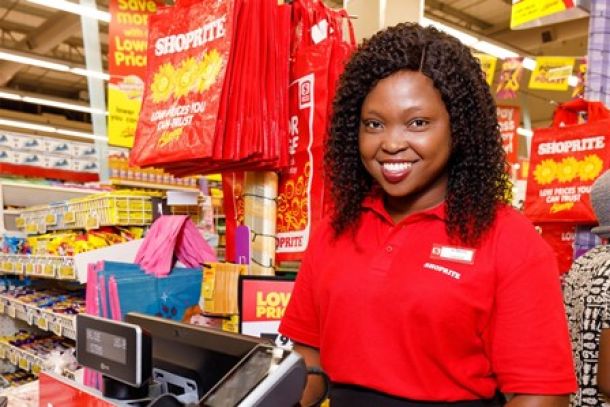
Shoprite Group's affordability focus wins with ...
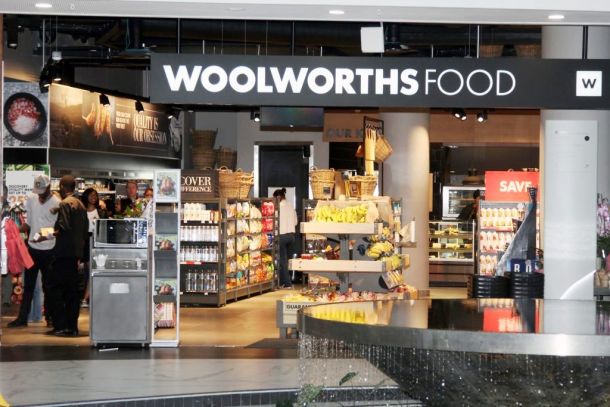
Woolworths expects 19% cut in full-year earnings
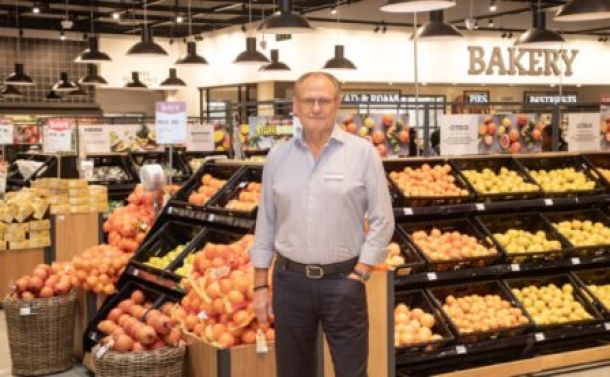
Pick n Pay plunges 16% on JSE as stock adjusts ...
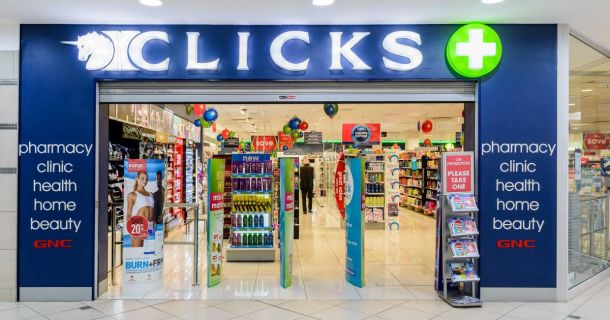
Clicks reports resilient first-half as earnings...
